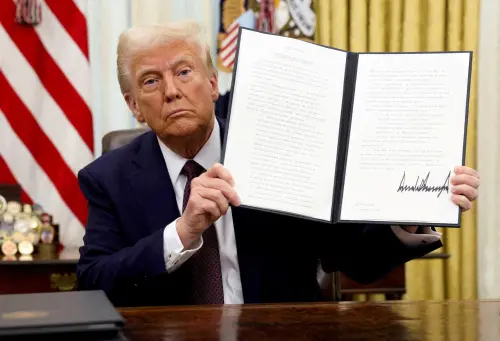The following is based on new findings from two consecutive University of Maryland Critical Issues Polls, conducted September 3-20, and October 4-10. The full results can be found here, and the methodology and questionnaire here.
1From the day President Trump announced his decision to withdraw troops from northern Syria, which we started measuring on October 7, support for his move was low, with only 27% of respondents saying they supported it (including fewer than half of Republicans). Within two days, as criticism mounted against the decision, including by GOP Senators such as Lindsey Graham, support for the decision declined further to 21%, and opposition increased from 42% to 46%. At the same time, it is notable that, overall, fewer than half of respondents opposed the move outright by the time we closed the poll on October 10, which was prior to the overwhelming bipartisan vote in the House of Representatives to oppose the Syria withdrawal.
2When a major Saudi oil facility was attacked on September 14, our large sample of over 3,000 respondents was initially split down the middle. Before the attack, the administration’s approval of Iran policy stood at 44%. In the days after the attack, approval dropped to 39%, and disapproval went from 51% to 57%.
3 Yet, despite mounting pressure on the Trump administration — including from Republicans — to respond to the attack, there was little change in the overwhelming public opposition to military action. Before the oil fields attack, 76% of respondents said that U.S. goals vis-à-vis Iran did not warrant U.S. military action; after the attack, 75% said the same.
4In a follow-up poll, October 4-10, the public opposition to military action against Iran was further evident. We asked if the U.S. should consider military action if sufficient evidence emerged that Iran was behind the attack on the Saudi oil fields. Two-thirds said the U.S. should not consider a military response, including 53% of Republicans.
5Fewer than one-quarter of respondents, 22% (including 31% of Republicans), point to the nature of the Iranian regime as the main factor behind escalation in the Gulf, and only 5% blame the Yemen war. A majority, including a majority of Republicans, blame actions by the Trump administration: either the Trump administration’s withdrawal from the Iran nuclear deal (35%) or on the imposition of new sanctions on Tehran (34%). Among Republicans, 40% blame the imposition of new Iran sanctions, while 20% blame the withdrawal from the nuclear deal.
6In the October poll, we probed multiple aspects of U.S. policy toward Afghanistan and the Taliban. In one question, we probed the public preference for U.S. troop levels there. About one-third, 34%, said they supported current troop levels, 23% preferred reducing troop level, and 22% preferred total withdrawal by the end of the year. Only 3% said they supported an increase. Unlike on many other questions, there was only small variation across the party divide.
Rachel Slattery created graphs for this post.
The Brookings Institution is committed to quality, independence, and impact.
We are supported by a diverse array of funders. In line with our values and policies, each Brookings publication represents the sole views of its author(s).



Commentary
In 6 charts, see what Americans really think about US policy toward Syria, Iran, and Afghanistan
October 22, 2019